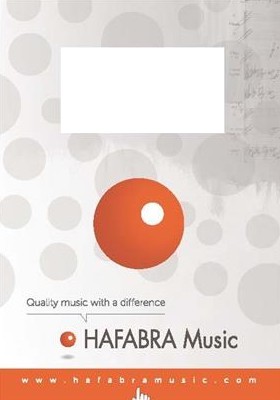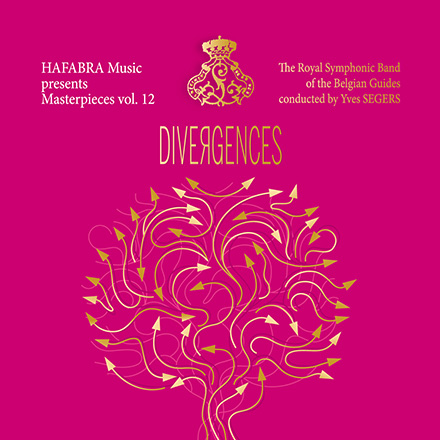Infos :
Léo Delibes’s career happily coincided with the “classical” ballet’s zenith. Coppélia (1870) rightly remains immensely popular. By comparison, the seemingly looser-limbed Sylvia (1876) is little known, except through this suite. However, that is almost entirely because it languishes in Coppélia’s shadow. Bring Sylvia out into the light, and it shines: the music is vibrant and colourful, evocative and atmospheric.
- The opening bars of the Prelude, a majestic march subsiding onto expectant horn calls and pastoral stirrings, blend beautifully into the ballet’s third number, Les Chasseresses, the volatile and vigorous first entry of Sylvia and her cohorts.
- In the succeeding Intermezzo, the huntresses take their ease. Sylvia, to the delicate and appropriately suspenseful strains of the Valse Lente, swings on the overhanging lianas.
- The Pizzicati comes second only to the Dance of the Cygnets as the “Most Abused Bit of Ballet”. In Sylvia’s third and final act Eros, disguised as a pirate, bids one of his veiled slave-girls dance for the revived Aminta. Vacillating nervously between hesitancy and impulsiveness, the music elegantly suggests the girl’s identity.
- Marche and Cortège de Bacchus. The third act “prelude” is a divertissement, a cavalcade of pomp and merriment in celebration of the vintage festival.
Sylvia on our YouTube Channel


 Contact
Contact Panier
Panier Mes favoris
Mes favoris Mon compte
Mon compte











